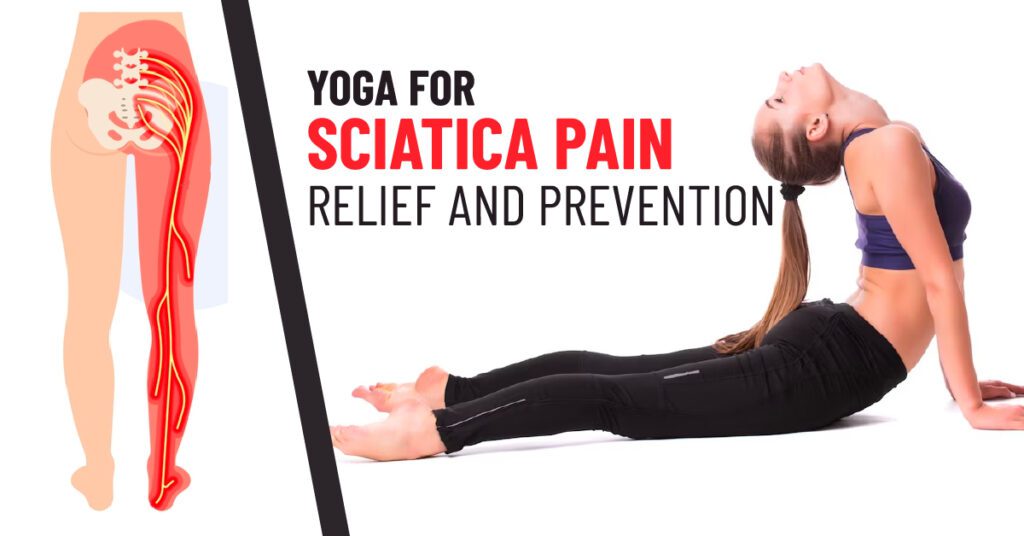Best Prenatal Yoga Poses for Every Trimester

Also available in
Prenatal yoga poses are specifically designed for pregnant women to help them stay active, and healthy, and prepare for childbirth. These Prenatal Yoga poses are generally gentle and modified to accommodate the changing needs of the pregnant body.
Prenatal Yoga typically involves a series of yoga poses that are modified to accommodate the changing needs of a pregnant woman’s body. These poses help to stretch and strengthen the muscles that are used during pregnancy and childbirth, such as the hips, back, and pelvic floor.
In addition to physical benefits, Prenatal Yoga poses also have mental and emotional benefits for expectant mothers. The practice can help to reduce stress, anxiety, and depression during pregnancy, as well as improve sleep and increase energy levels.
Benefits of Prenatal Yoga Poses
Reduces stress and anxiety: According to the American Pregnancy Association pregnancy can be a stressful time, and prenatal yoga can help to reduce stress and anxiety levels. The focus on deep breathing and relaxation can help to calm the mind and promote a sense of well-being.
Improves sleep: Many pregnant women struggle with sleep issues, but practicing yoga before bedtime can help promote relaxation and improve sleep quality.
Increases energy levels: Prenatal yoga can help to improve circulation and increase energy levels, which can help combat fatigue and exhaustion during pregnancy.
Relieves physical discomforts: Many yoga poses can help to alleviate physical discomforts that are common during pregnancy, such as back pain, hip pain, and swelling in the feet and ankles. Yoga can also help to improve posture and strengthen the muscles used during childbirth.
Improves flexibility and balance: Practicing yoga can improve flexibility and balance, which can help to reduce the risk of falls and other accidents during pregnancy.
Promotes bonding with the baby: Prenatal yoga can help to promote a sense of connection and bonding between the mother and the developing baby. The practice can also help to prepare the body and mind for childbirth.
Helps with preparation for labor and delivery: Prenatal yoga can help to strengthen the muscles used during childbirth, which can make labor and delivery easier and more comfortable. Yoga can also help to improve breathing techniques and promote relaxation during labor.
5 (Five) Prenatal Yoga Poses
1. Cat-Cow pose (Marjaryasana) :
- Start on your hands and knees, placing your knees precisely beneath your hips and your wrists directly beneath your shoulders.
- Take a deep breath in and arch your back, lifting your spine and aiming your head upward (cow pose).
- When you exhale, curve your spine and lower your head and tailbone to the ground (cat pose).
- Keep going for a few breaths.
Benefits of Cat-Cow pose
- This position enhances posture and relieves back pain by stretching and strengthening the muscles in the back and spine.
- Additionally beneficial for digestion is abdominal massage.
2. Warrior II (Virabhadrasana II) :
- Start in a lunge position with your right foot forward, then extend your arms out to the sides and turn your left foot out to a 90-degree angle.
- Bend your right knee and hold for several breaths, then switch sides.
Benefits of Warrior II
- This posture improves the muscles in the hips, back, and legs, which helps with stability and balance.
- Also, it aids in opening the hips and enhancing leg circulation.
3. Triangle Pose (Trikonasana) :
- Stand with your feet wide apart, then extend your arms out to the sides.
- Turn your left foot out to a 90-degree angle, and pivot your right foot in slightly.
- Reach your left hand down towards your left ankle, and extend your right arm up towards the ceiling.
- Hold for several breaths, then switch sides.
Benefits of Triangle Pose
- This pose strengthens and extends the muscles in the legs, hips, and back, which helps with posture and eases back discomfort.
- Moreover, it aids in reducing tension and stress.
4. Child’s Pose (Balasana) :
- Begin on your hands and knees, then lower your hips back towards your heels and stretch your arms forward.
- Rest your forehead on the ground and breathe deeply for several breaths.
Benefits of Child’s Pose
- This position encourages rest and eases stress and fatigue. Stretching the lower back, thighs, and pelvis is also beneficial.
5. Butterfly Pose (Baddha Konasana) :
- Sit on the ground with the soles of your feet together, and gently press your knees towards the ground with your hands.
- Hold for a few breaths.
Benefits of Butterfly Pose
- This pose might assist the body get ready for labor by stretching the inner thighs, pelvis, and hips.
- Furthermore, it helps to increase circulation in the lower body.
Other common prenatal yoga poses include seated forward bends, modified pigeon poses, and gentle twists.
Things to Watch out for When Doing Prenatal Yoga Poses :
While prenatal yoga can be a safe and beneficial practice for many pregnant women, there are some things to watch out for to ensure safety and prevent injury.
It is important to note that pregnant women should always consult with their healthcare provider before beginning prenatal yoga poses, and should work with a certified prenatal yoga instructor who has experience working with pregnant women.
- Before beginning any Prenatal Yoga poses during pregnancy, it is important to consult with your healthcare provider.
- It is important to work with a qualified instructor who has experience working with pregnant women. They can provide modifications and adjustments to ensure the safety and comfort of you and your baby.
- Some yoga poses may be unsafe during pregnancy, including those that involve lying on your back or twisting your abdomen. Your instructor can advise you on which poses to avoid or modify.
- It is important to listen to your body and avoid overexerting yourself during prenatal yoga poses.
- It is very important to stay hydrated during prenatal yoga poses, as dehydration can increase the risk of preterm labor.
Conclusion
Prenatal Yoga poses can provide many benefits for expectant mothers, such as improving flexibility, reducing stress and anxiety, and promoting overall physical health. It is important to consult with a healthcare provider and work with a certified prenatal yoga instructor to ensure that the poses are safe and appropriate for each individual’s unique pregnancy.
With proper guidance and practice, prenatal yoga poses can be a valuable practice for promoting a healthy and comfortable pregnancy, as well as preparing for childbirth and postpartum recovery.






